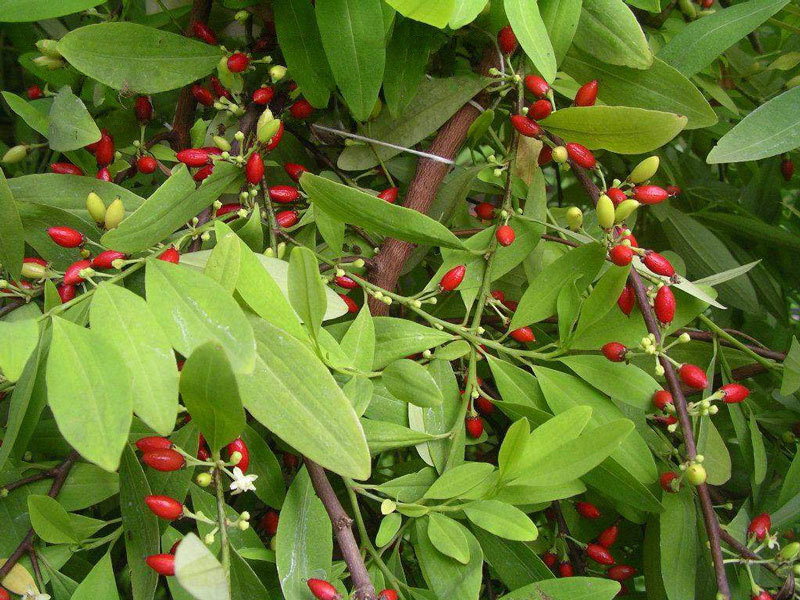By Aiden Forusz, Year 12
The coca plant, also known as Erythroxylaceae, is renowned for being the source of the cocaine drug. Whilst the drug itself is considerably dangerous and addictive, the leaves in their natural form help highlight a brighter side of the plant. It is important to remember the historical use of the coca plant and its leaves, their current use, their benefits, and the dangers associated with them.
Native to South America, the coca plant has been harvested and used for about 8,000 years. The plant was highly treasured by the locals at the time and is deeply ingrained in various cultures. However, at this time the plant was never processed and the leaves were only used to make tea, or to be chewed.
Coca only reached Europe in the 16th century, but became popular near the middle of the 19th century when its stimulating effects on cognition were discovered by scientists. This then led to the introduction of coca in various products, such as wine and even coca cola the drink, as well as the drug cocaine.
However, the coca plant experienced a wave of bans throughout various countries in the early 20th century, and in 1961 the coca leaf was listed as a Schedule I narcotic by the UN, along with cocaine and heroin. This has led to most countries making possession of the coca leaf illegal outside of South America, even for the purposes of chewing and tea making.
The illegality of this plant has been debated various times due to its plethora of benefits. For instance, when chewed or put in tea, the plant has been used for centuries in South America as a stimulant to help overcome altitude and motion sickness, fatigue, hunger and thirst, and many gastrointestinal problems. The plant also helped to give people an energy boost and is still used to combat many of these issues today in many regions of South America.
Even though the coca leaf does have many benefits, it still contains very small amounts of cocaine which in higher doses can be dangerous. The substance can also harm the teeth of frequent chewers.
The main issue is that if the coca leaf were to be legalised throughout the world, controlling its use would be very difficult. Whilst it carries benefits when chewed or put in tea, the leaf can also be used to make the drug cocaine, which has various different health and addiction risks. Hence, making the leaf easy to obtain would consequently lead to a larger amount of cocaine being produced and distributed to the population of such countries, which is not a desired outcome!



